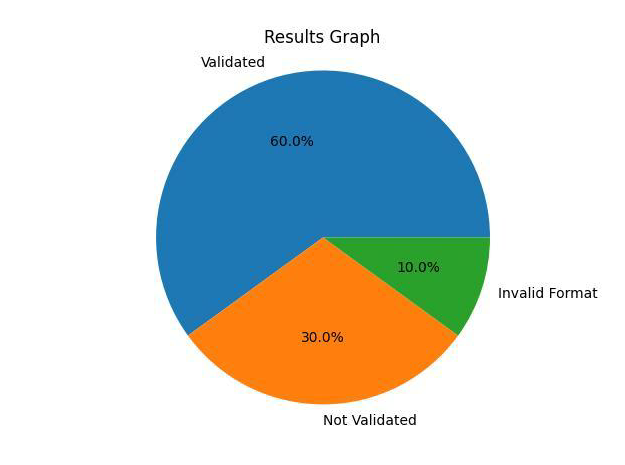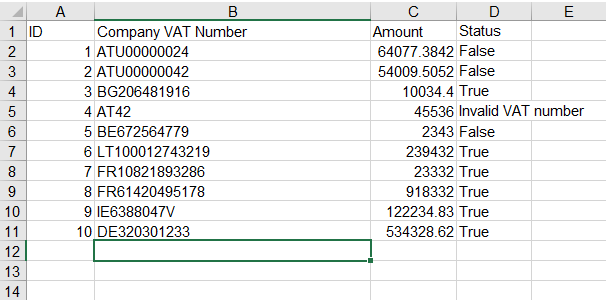Fraud & Chargeback reporting automation
Fraud & chargeback reporting is a very common use case for automation that we work on almost every week. From navigating to internal and external systems, copying and pasting data from Excel and Google sheets, to preparing the reports and emailing them internally or to 3rd party stakeholders, this is a great example of the power and importance of automation for risk, data quality, and time-efficiency management.
That’s why we were hired to automate this process!
The problem
“Every day we have to go onto the Visa platform to extract the case activity for each of our clients and email them the report. This is a very time-consuming and highly manual task that easily saves us hours each day. We needed to automate this to direct the time toward more valuable tasks.”
The Solution
A robot that navigates to the relevant Visa platform, filters for the correct date, and takes from a Google sheet all client names which it searches for in the Visa platform to extract the daily case activity for each client. It then renames the downloaded reports and emails them to each client (with a pre-configured message).
How it works? ... in 4 Simple Steps
1. Robot navigates to the Visa platform
When the robot starts, it navigates to the Visa platform and inserts the log-in details to gain access.
2. Robot applies the correct filters
In order to extract the correct case activity from the platform, the robot adjusts the platform fields for Start and End Date.
3. Robot copies Client Names from Google Sheet
In order to search for the case activity data for each client at a time, the robot navigates to a Google Sheet table containing all client names, copies and pastes a client name into the Visa platform, and clicks on a “Search” button within the platform to generate the data.
It performs the same action for all client names within the Google Sheet.
4. Robot generates the report, renames it and emails to each client
Once the report is generated, the robot renames the file using a pre-configured logic, navigates again to the Google sheet to find the email address for each client, and sends the unique report to each client.
The robot completes this in 2 minutes per client, saving valuable time for the team and ensuring the process runs even on days off. Pretty great, no?!
Save time
A robot extracts all case activity data for each client, renames the downloaded report, and emails it to each client in seconds. With complete consistency!
Reduce error
Focusing on a manual task for hours is tiring and boring so the scope for error is huge. A robot doesn't get tired and works with 100% accuracy.
Improve service
With increased efficiency, reduced errors, and more engaged staff, the quality of data and service improves, and with that the loyalty of clients too.
Ready to automate your fraud &chargeback reporting?
Let's talk about your fraud & chargeback reporting and see how we can automate it best 🙂
Fraud & Chargeback reporting automation Read More »











